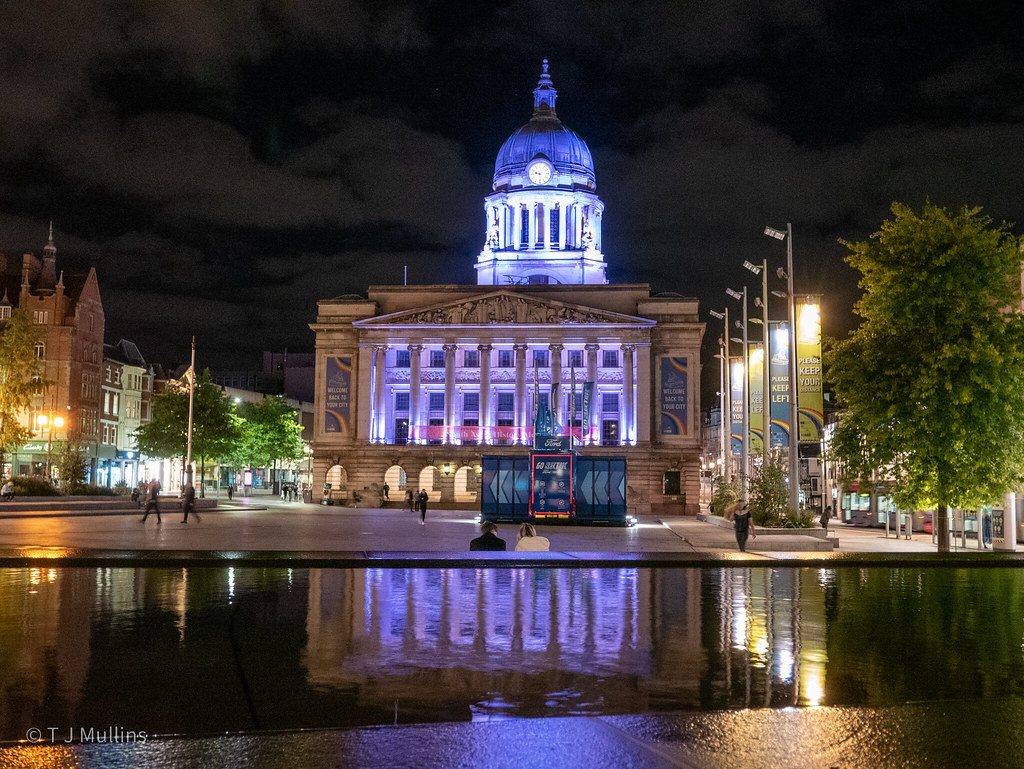Its pretty crazy how this has turned into a full blown insult and argument thread. I merely asked how to stop the noise in the photo when I brightened it up. I was given an answer (ISO too high) I went back out on the way home from work last night. Tried it with a lower ISO and full manual aperture and shutter controls. Tweaked the exposure slighty in camera +1 in this case and I got a better result.
Yeah its frustrating. Unfortunately the internet is an awful place sometimes where the uneducated can put forward their wrong information as fact.
To answer your question a bit more usefully, what you need to do is learn a bit more about the fundamental basics of photography.
When it comes to shooting you need to balance 3 things, aperture, shutter speed and ISO in order to get the correct exposure.
And you NEVER want to adjust brightness etc. beyond minor adjustments in post, because one way or another it will look crap.
Now when it comes to low light shots its going to be difficult even with the best camera / lens to be able to go with the settings you really want, so you have to compromise.
Now if you up the ISO, as you've already found out, its going to get noisier, you can only improve this by spending a lot of money on a much better camera and even then it will never be perfect.
Or you can compromise on opening the aperture right up, this will let in more light at the expense of depth of field, or potentially can be improved by buying a much better, more expensive lens, but you'll still have the same problem with depth of field.
Now personally when it comes to architecture / landscapes, I'm not prepared to compromise on either of the above, because I want top quality images as ISO100 and everything in focus, so I'm often shooting f14 or smaller.
So this now leaves you the final compromise which is shutter speed, but when it gets too long you'll not be able to handhold it without getting blurry, so thats when a tripod comes in.
If you want to think of it that way, the tripod is then my compromise, because I need the tripod because the shutter speed is so long.
Now with the fundamental basics of photography out the way, you then have the following techniques at your disposal -
Use flash other lights, but with a scene like this its unlikely to be practical.
You could use 'light painting' but again it really needs to be on a tripod for this to work. Whilst it has its specialist use, I wouldn't consider it that practical.
Or you could bracket and merge, but again you need a tripod for any degree of success.
And the final option its to tweak in post afterwards, but as you've found out if you do it too much, its not very successful. Its also very time consuming and I consider relying on this method the most amateur of all the options.
And of course you can combine a little bit of all of the above techniques and tweak as required.




